A case report
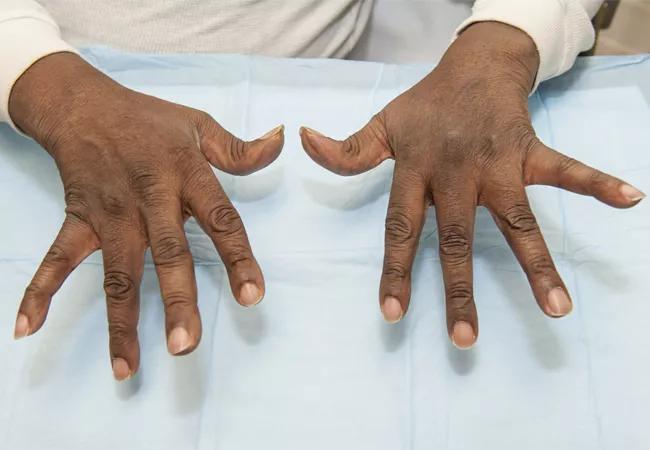
By Lisa Zickuhr, MD, Leal C. Herlitz, MD, Emily Littlejohn, DO, MPH, and Howard R. Smith, MD
Cleveland Clinic is a non-profit academic medical center. Advertising on our site helps support our mission. We do not endorse non-Cleveland Clinic products or services. Policy
The Lupus Clinic, part of Cleveland Clinic’s Department of Rheumatic and Immunologic Diseases, unites specialists in rheumatology, nephrology and dermatology to care for patients with systemic lupus erythematosus (SLE) and overlap syndromes. Arthritis and malar rash are the most common presentations of SLE, but other organ systems can be involved, sometimes in surprising ways. We share the story of a patient who came to our Lupus Clinic with uncommon manifestations of SLE.
A 49-year-old African American man presented with a history of abnormal liver function tests and inflammatory joint pain. Physical exam confirmed swollen and tender metacarpophalangeal joints, wrists and elbows and revealed cervical lymphadenopathy. Laboratory investigation demonstrated the presence of anti-nuclear, Smith, RNP, SS-A, chromatin and double-stranded DNA antibodies with elevated inflammatory markers. Urine studies identified proteinuria. Renal biopsy showed membranous lupus nephritis, confirming the suspected diagnoses of SLE and lupus nephritis.
Physicians recommended treatment with hydroxychloroquine, high-dose glucocorticoids and mycophenolate, but the patient was lost to follow-up. A few weeks later, he came to the hospital with acute renal failure requiring dialysis. Repeat kidney biopsy showed collapsing glomerulopathy (CG), a podocytopathy, superimposed on membranous lupus nephritis.
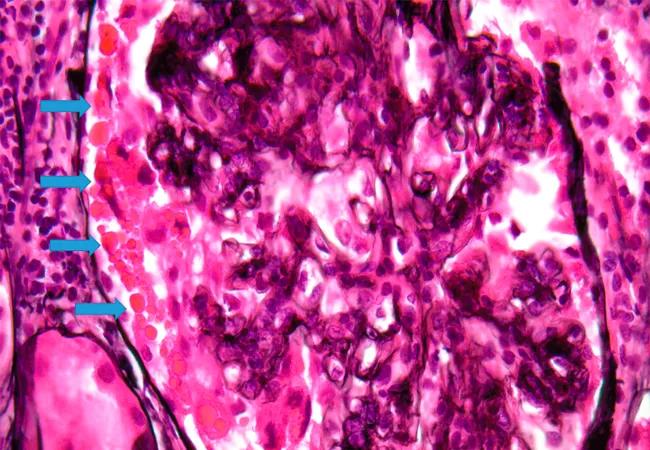
Photomicroscopy of a glomerulus from patient with lupus. The glomerular tuft is partially collapsed and covered by podocytes containing prominent protein resorption droplets (blue arrows). No significant endocapillary proliferation is seen. This lesion could be mistaken for a crescent, as there are cells in Bowman’s space, but no glomerular basement membrane rupture or other proliferative features are evident (Jones silver stain x400 magnification).
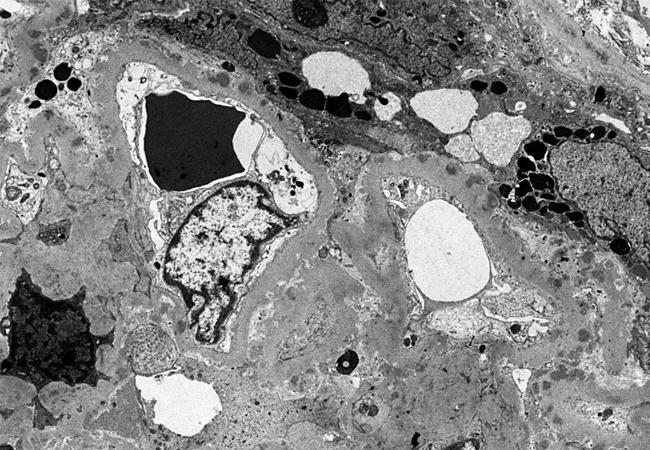
Electron microscopy of glomerulus from patient with lupus. Electron microscopy shows global podocyte foot process effacement with podocytes showing large electron dense protein resorption droplets. Scattered subepithelial electron dense deposits are also seen. Even in areas without subepithelial deposits, the podocyte foot process effacement is severe (x2900 original magnification).
Treatment with pulse steroids and cyclophosphamide was begun, and he was transitioned to mycophenolate upon completion of cyclophosphamide induction. Renal function recovered, proteinuria improved and liver function tests normalized. Unfortunately, his renal disease relapsed about 18 months later. Tacrolimus was added to his regimen with clinical improvement.
Our patient’s SLE was not confined to joint and renal manifestations. He also developed extensor tendon ruptures in his hands and right patella, thought to be from SLE and glucocorticoid use.

Spontaneous tendon ruptures in a patient with SLE.
About a year after his initial presentation, he reported a dry cough, and chest imaging showed interstitial changes in a nonspecific interstitial pneumonia pattern, consistent with autoimmune interstitial lung disease from SLE. Mycophenolate and tacrolimus were used to treat both his lung and renal manifestations.
Several aspects of this case deviate from the classic SLE presentation. First, our patient’s male gender is uncommon. SLE predilects female patients, and the estimated ratio of prevalence is 9:1. Secondly, spontaneous tendon ruptures occur uncommonly in SLE patients. In a review of the literature, Alves et al identified only 55 published cases of spontaneous tendon ruptures in SLE patients and demonstrated that the phenomenon often occurs concomitantly with Jaccoud’s arthropathy. Thirdly, interstitial lung involvement is not seen as often in SLE as it is in other autoimmune diseases, such as systemic sclerosis. The prevalence of interstitial lung disease in SLE is estimated at 3 percent over the course of the disease.
Finally, membranous glomerulonephritis is a less common manifestation of lupus nephritis than proliferative glomerulonephritis. Not only did our patient suffer membranous glomerulonephritis, but his second biopsy, performed in the face of a rapid clinical deterioration, showed the development of a rare form of glomerular injury, CG. CG is a podocytopathy that is associated with several etiologies, including viral infections, medications and autoimmune disorders such as SLE. In their analysis of CG in SLE patients at a single center, Salvatore et al identified 19 cases, predominantly of African ethnicity. Controlled trials have not been performed in SLE patients with either membranous glomerulonephritis or CG, but consensus suggests treatment with tacrolimus in addition to the traditional choices of cyclophosphamide and mycophenolate is helpful.
This case is not the only example of uncommon manifestations of SLE that we see in Lupus Clinic. Our Lupus Clinic also fosters a cohort of patients who volunteer to join our Lupus Registry. Our registry is diverse, containing more than 150 patients diagnosed with SLE and overlap syndromes. The Lupus Registry collects both patient-reported outcomes data and biologic samples in the hopes of advancing basic science and clinical knowledge of SLE pathophysiology and treatment.
Dr. Zickuhr is a fellow in the Department of Rheumatic and Immunologic Diseases. Dr. Herlitz is Cleveland Clinic’s Director of Medical Kidney Pathology in the Department of Laboratory Medicine and Pathology. Dr. Littlejohn is associate staff in the Department of Rheumatic and Immunologic Diseases. Dr. Smith is Director of the Lupus Clinic in the Department of Rheumatic and Immunologic Diseases.
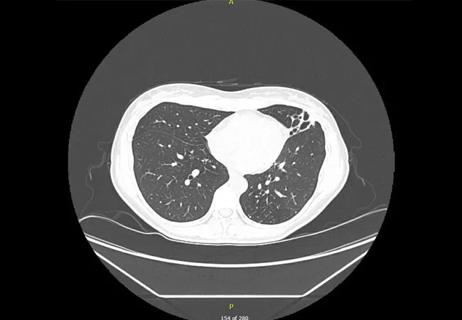
Lingulectomy removes infection when antibiotics fail
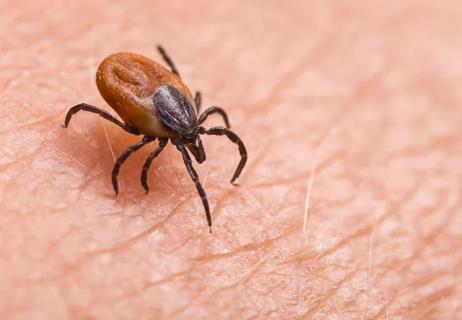
Researchers have developed immunoprofiles for an emerging disease with a mortality rate as high as 27%

Findings from one of the first published case series
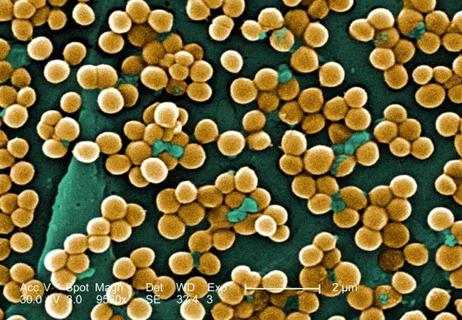
Don't discount this crucial step
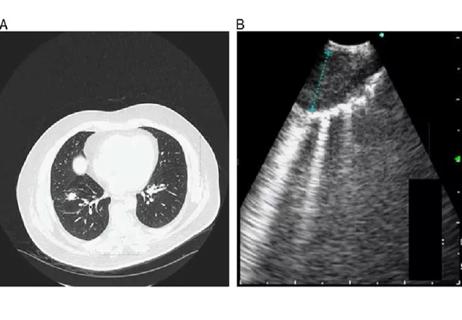
EBUS-TBNA found safe and effective
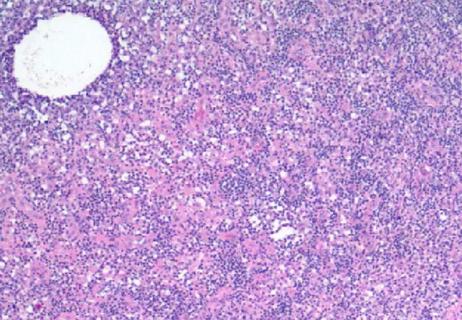
How to spot the rare infection
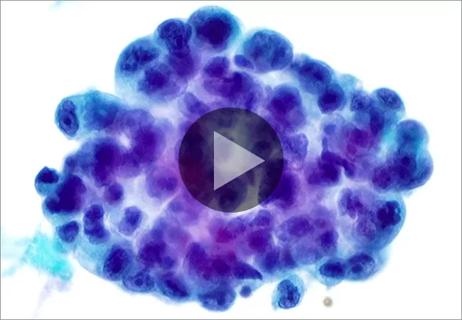
A case involving cytology and concurrent biopsy
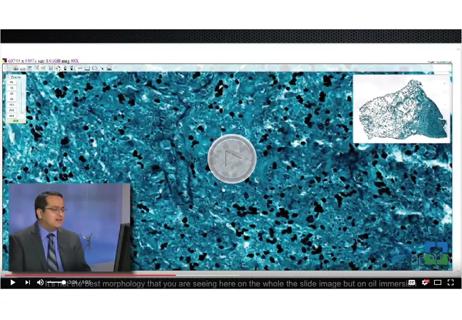
Not all lung nodules are malignant